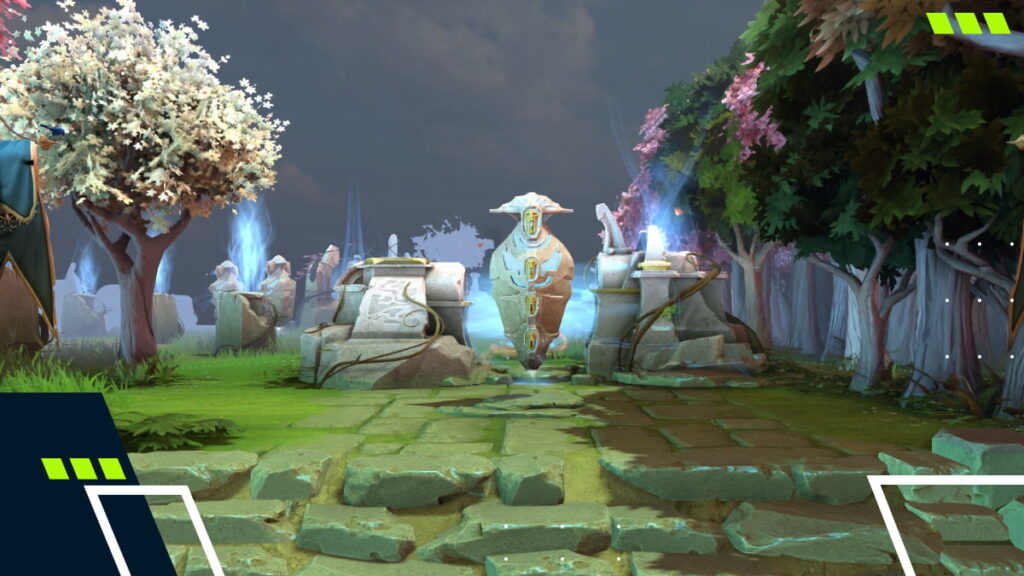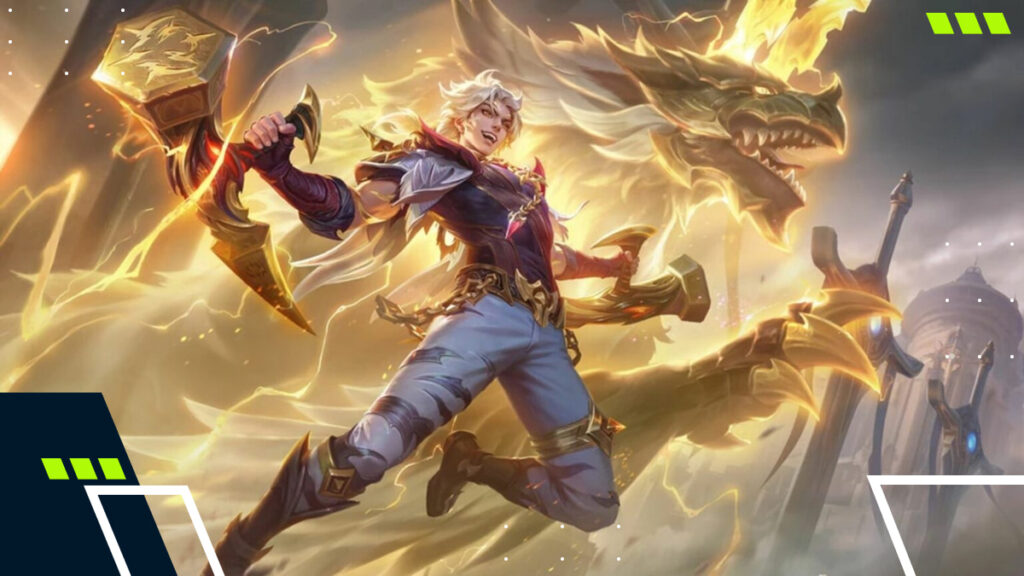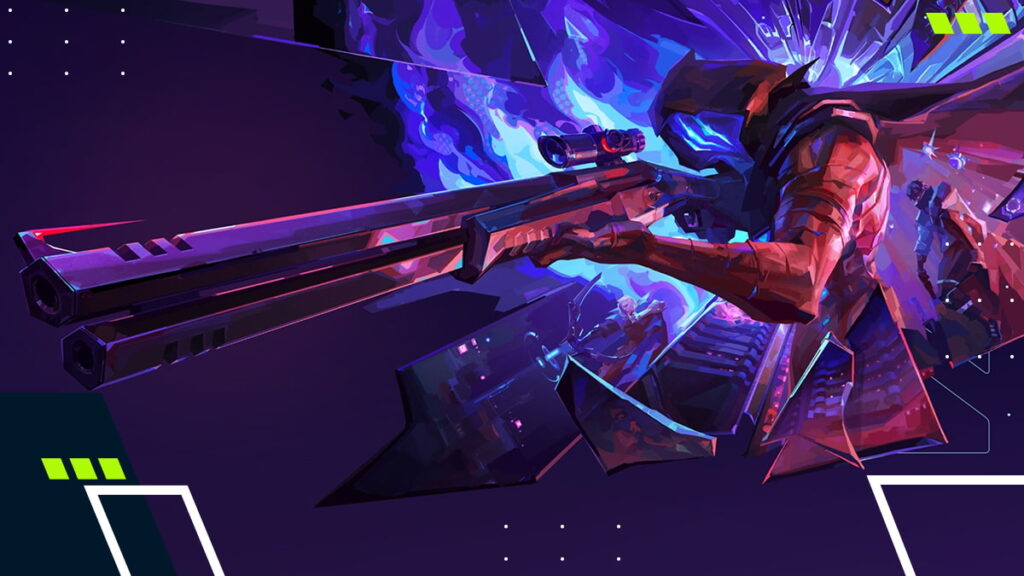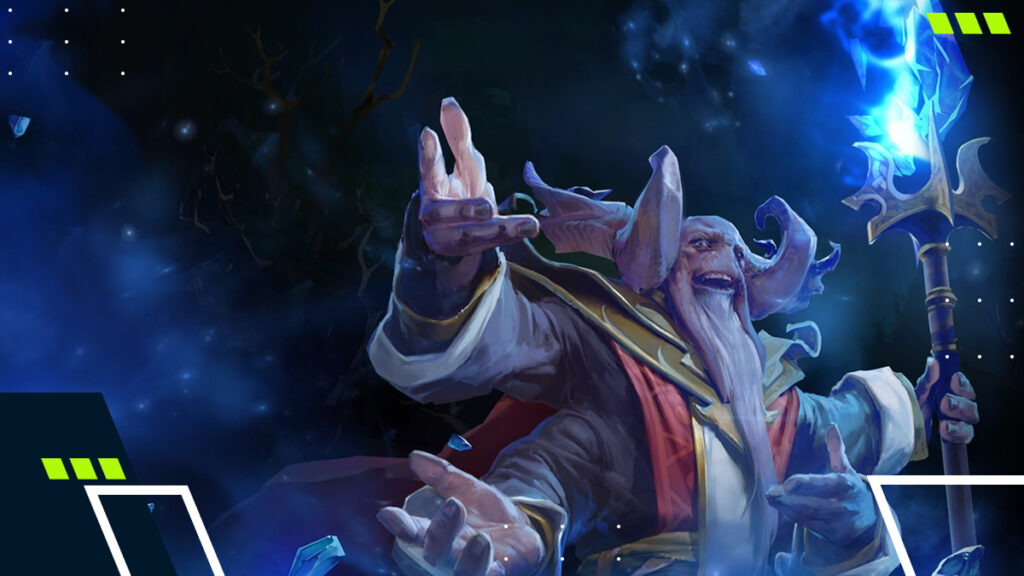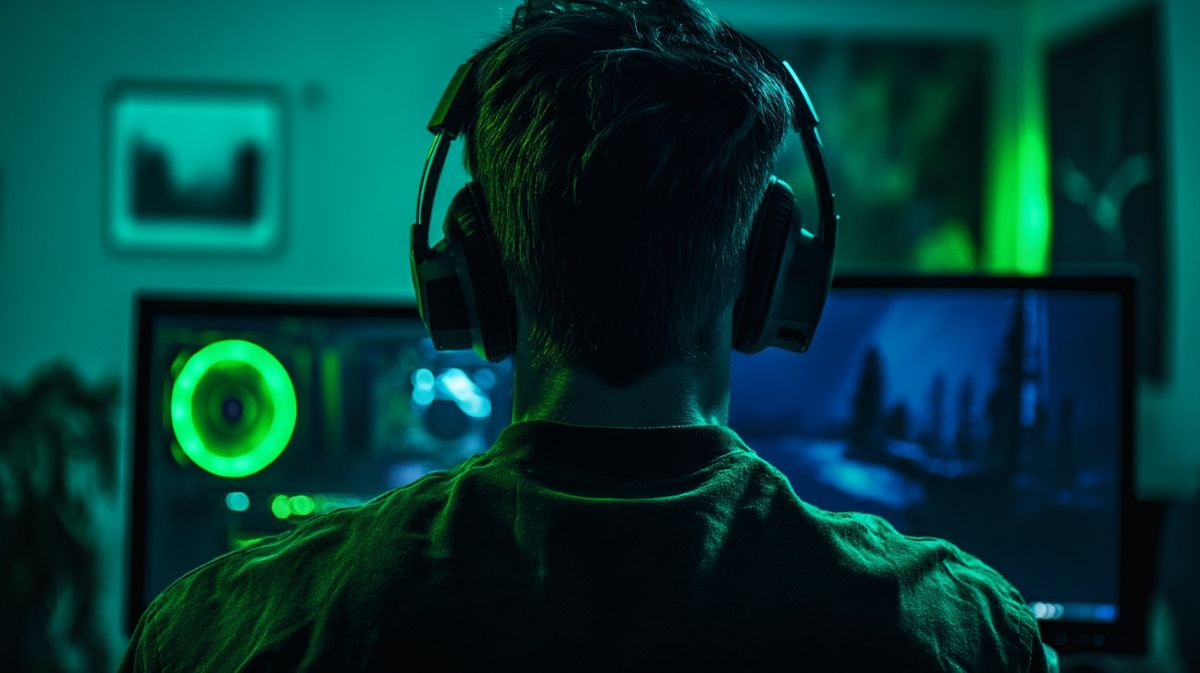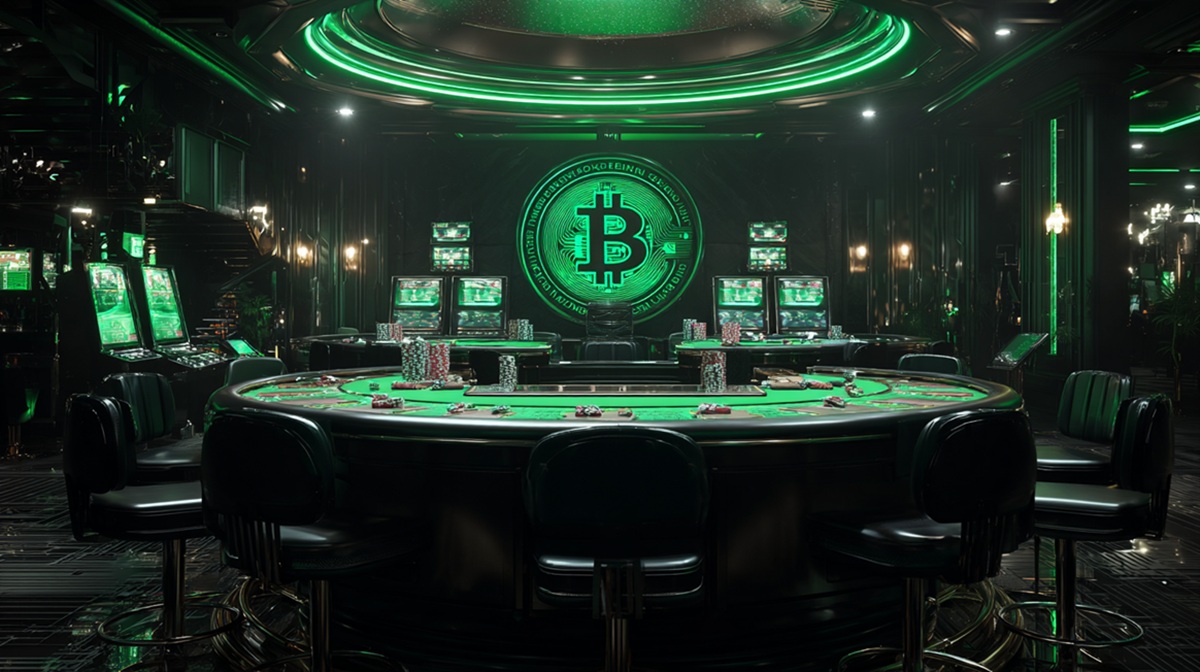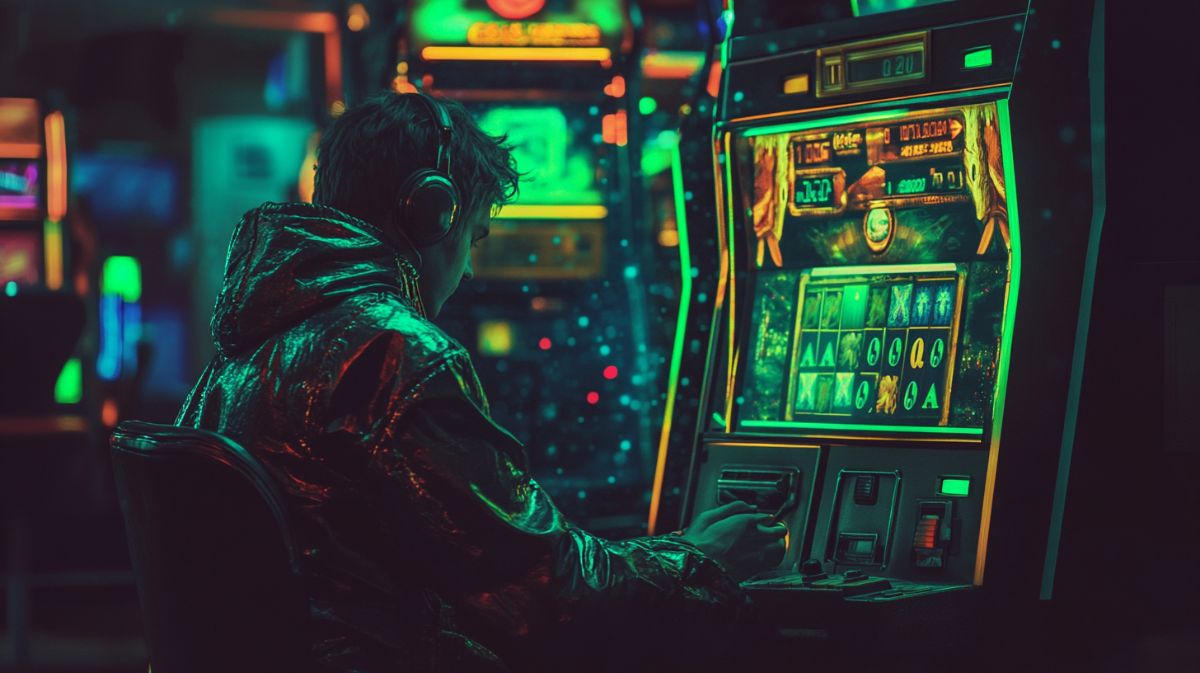Why Is League of Legends So Toxic?
Toxicity in League of Legends has long defined the game’s reputation, a stigma that extends well beyond its player base into the wider esports scene. Despite Riot Games investing years into tools like chat bans, honor systems, and reporting features, toxic behavior among players seems unshakable.
But why is LoL so toxic? In this article, we’ll break down the factors at play, from the regions most notorious for bad behavior to the ranks where AFKs run rampant.
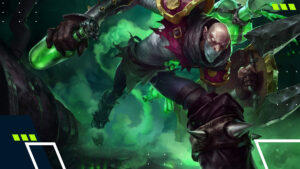
Image source: Riot Games
- 1. What Makes The League of Legends Community Toxic?
- 2. Who Are The Most Toxic Players In League of Legends?
- Regions With The Highest Surrender Rate
- Ranks With The Highest Surrender Rate
- Ranks With The Highest AFK Rate
- Champions With The Highest AFK Rate
- 3. What Is Riot Doing To Fight Toxicity In League of Legends?
- 4. Can League of Legends Ever Shake Its Toxic Reputation?
- 5. FAQs
- 6. References
What Makes The League of Legends Community Toxic?
League’s toxicity stems from a mix of factors. At its core, the game is highly competitive: you simply cannot rely on yourself to win since every match depends on your team working together. This is enough to make players tense and frustrated, especially when mistakes snowball into losses.
Anonymity also plays a huge role in fueling League of Legends’ toxic community. Without voice chat, players tend to hide behind text, flaming or harassing others with little accountability. Although Riot is attempting to curb toxicity, punishments are not nearly severe enough for repeat offenders.
Smurfing and account buying also contribute to League of Legends’ toxic reputation. Beginners often face high-elo smurfs on fresh accounts, while experienced players can get stuck with low-skill account buyers in higher ranks. Both scenarios create unfair matches that breed frustration.
Who Are The Most Toxic Players In League of Legends?
While there is no definitive way to measure toxicity in League of Legends, it’s not unreasonable to say that some groups of players can be more toxic than others—and we’ve got the stats to prove it!
Regions With The Highest Surrender Rate
According to League of Graphs, surrender culture varies widely by region. Japan leads the charts with a 44.5% surrender rate, followed by Korea at 35.6%. This reinforces the perception that both regions are quick to give up. Taiwan (29.8%) and Vietnam (28.1%) also show relatively high rates compared to the global average.
By contrast, Western servers tend to hold out longer. North America sits at 24.7%, with Brazil (23.7%), Oceania (23.0%), and Singapore (22.3%) showing similar numbers. Europe West is even lower (21.5%), with the Middle East (20.0%) and Russia (18.8%) recording the lowest surrender rates overall.
Ranks With The Highest Surrender Rate
Some ranks in League of Legends also show higher levels of toxicity than others. Data from ranked solo/duo games reveals that surrender rates tend to climb significantly at the very top of the ranked ladder, with Challenger giving up 40.1% of their matches and Grandmaster not far behind at 36.1%.
At the other end of the spectrum, Iron sits at 30.4%, while the lowest rates appear in the mid-tiers, such as Silver (25.0%) and Gold (24.9%). This suggests that frustration is common both at the bottom (where players feel stuck) and at the top (where the pressure to perform is greatest).

Image source: Riot Games
Ranks With The Highest AFK Rate
According to League of Graphs, Iron ranks have the highest AFK rate at 6.7%. Bronze follows at 5.5%, while Silver sits at 4.0%. From there, the numbers steadily decline, with Gold averaging 3.1%, Platinum 2.5%, and Emerald 2.0%. When you hit higher tiers, AFKs are far less common, with Diamond at just 1.4% and Master at 0.9%.
This trend reflects how frustration often peaks at the bottom of the ladder, where players at low ranks might feel trapped in “elo hell.” At these ranks, disputes over poor decisions or a lack of game knowledge are common, leading to arguments that can escalate. By contrast, higher ranks appear to be more resilient to toxicity.
Champions With The Highest AFK Rate
At the time of writing, Ivern mains hold the highest AFK rate at 3.25%. Yasuo, who is often considered one of the most “tilt-prone” champions, comes in lower at 2.43%, tied with Shaco. Other champions with above-average AFK rates include Gragas (2.54%), Vladimir (2.42%), and Teemo (2.26%).
A likely explanation for this is champion role and playstyle. Ivern is a supportive jungler who relies heavily on teamplay and is often blamed when lanes fall behind (especially in lower ranks). Having said that, if players on Ivern’s team are underperforming, it will significantly increase the likelihood that they will go AFK.
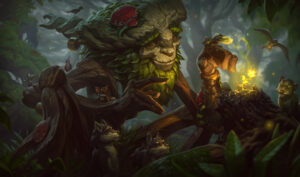
Image source: Riot Games
What Is Riot Doing To Fight Toxicity In League of Legends?
Despite the long-standing toxicity in League of Legends, Riot is actively working to address these issues. The developer rolled out stricter measures against smurfing, boosting, and cheating with the new “Rank Manipulation” report feature, alongside the Vanguard anti-cheat system to detect purchased accounts and bots.
Earlier this year, Riot Phroxzon also outlined the studio’s punishment philosophy on X, noting that the focus will be on timely, proportionate penalties and positive nudges for the majority of players who occasionally lash out. Permanent bans will remain reserved for the small minority who repeatedly engage in egregious behavior.
Today, I wanted to focus on our philosophical approach to player behavior and punishments, given the excitement (and some confusion) around punishments related to our systems. Not going to dive into how our new detection system has been going, that will be for later.
Focusing on…
— Matt Leung-Harrison (@RiotPhroxzon) May 11, 2025
Can League of Legends Ever Shake Its Toxic Reputation?
It will be difficult for League of Legends to ever shake its toxic reputation, but Riot is making an effort to ensure the game remains enjoyable. Automated detection has been successful, with scripters now a thing of the past.
While toxicity in chat will always be problematic, new detection systems are trying to put a stop to that. So, will Riot introduce voice chat to League of Legends? Never say never, but given the problems VALORANT has faced, perhaps Riot is trying to solve one major issue before creating another.
FAQs
Is League of Legends the most toxic game?
It’s hard to measure definitively. Many Call of Duty players argue that its voice chat is far more abusive, whereas League’s toxicity often shows up in chat and gameplay.
Why are League of Legends players so toxic?
Much of it comes down to reliance on teammates. Since individual rank is tied to team performance, frustration builds quickly when players feel others are holding them back.
Can toxicity in League be reduced?
Riot is making significant strides to reduce in-game toxicity through chat restrictions, automated detection systems, and reporting features specifically designed to limit disruptive behavior.
Why does League of Legends have a bad reputation?
Word of mouth plays a big role, but the competitive experience is also a factor. Being blamed or harassed by teammates regularly makes the game feel hostile for many players.
How toxic is League of Legends compared to other games?
On PC, League is often seen as the most toxic game, though console communities like Call of Duty may rival or even surpass it in terms of abusive voice chat.
References
- Surrender stats (LeagueOfGraphs)

